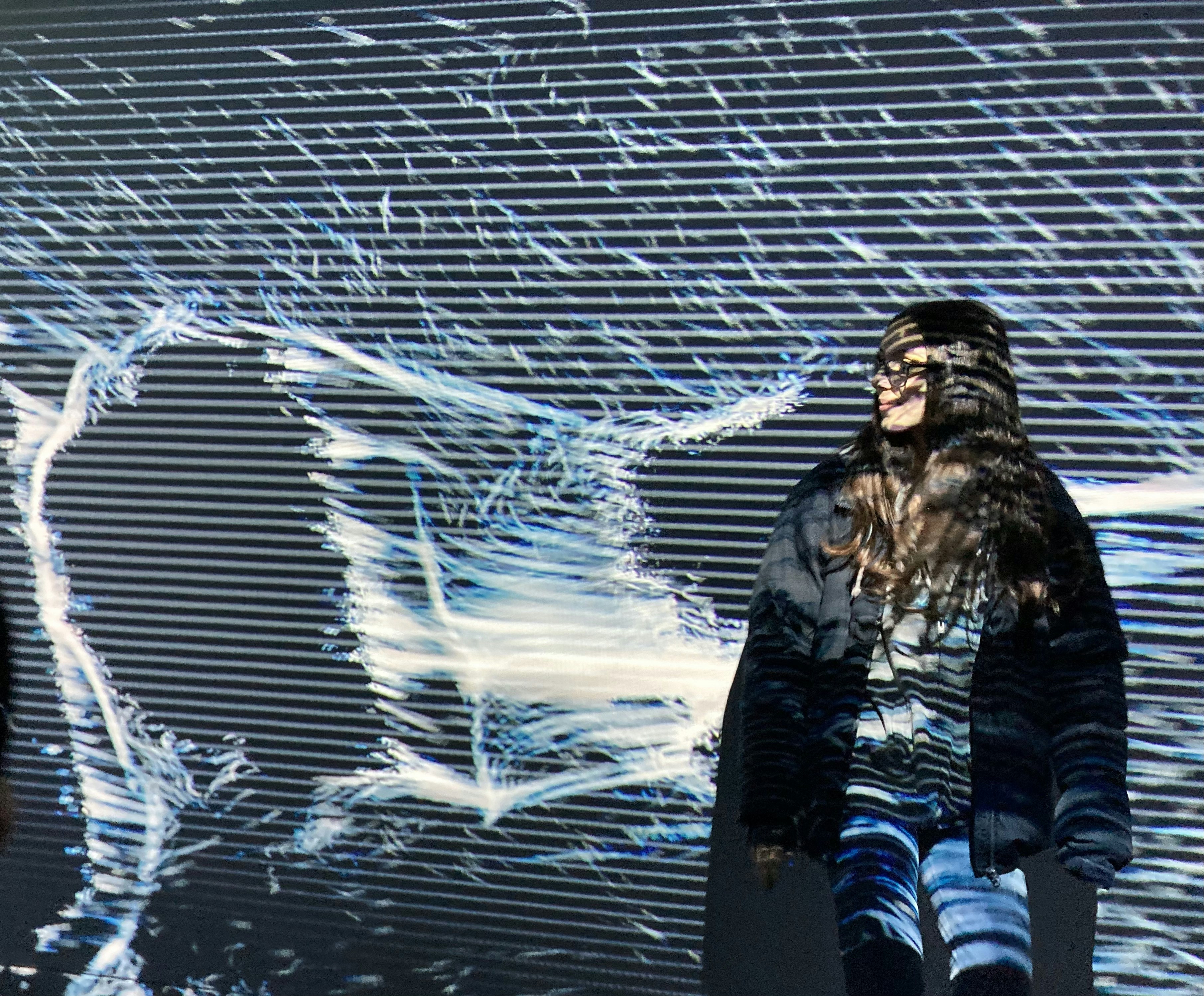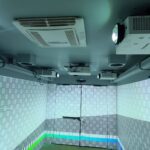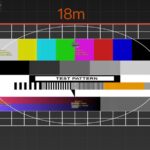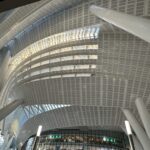What is Light-Carving Projection Technology?
Light-carving projection technology represents a significant advancement in the field of visual display systems. Unlike traditional projection techniques that typically rely on static images or videos projected onto flat surfaces, light-carving utilizes a dynamic approach to create three-dimensional images and visual effects in real time. The core principle behind this technology involves the manipulation of light beams, which interact with surfaces of varying textures and orientations to produce an illusion of depth and form. This method enables the generation of complex visual experiences that can adapt and evolve based on the viewer’s perspective and the surrounding environment.
The mechanics of light-carving are grounded in the principles of optics and light behavior. Specifically, it employs specialized light sources, such as lasers or high-intensity LEDs, which can be precisely controlled to illuminate specific areas of a projection surface. By rapidly altering the direction and intensity of these light beams, images can be sculpted in mid-air or on various surfaces, engaging viewers in a multisensory manner. This capability sets light-carving apart from conventional projection technologies, allowing for immersive experiences that are not tethered to a flat display.
Historically, the origins of light-carving projection can be traced back to early explorations of holography and laser technology. As advancements in optics and digital computing made their way into the field, artists and engineers began to experiment with the possibilities of creating dynamic visual art using light manipulation. Over the years, light-carving has evolved significantly, finding applications in various domains such as entertainment, advertising, education, and art installations. This innovation not only enhances visual storytelling but also opens new frontiers for interactive experiences, truly revolutionizing how we perceive imagery in our daily lives.
Applications of Light-Carving Projection Technology
Light-carving projection technology has garnered significant attention for its versatility and innovative applications across various sectors. In the domain of entertainment, this technology enhances immersive art installations and theatrical performances. For instance, renowned artists have used light-carving projections to create captivating visual narratives that transform spaces, turning mundane environments into dynamic canvases. Such installations often captivate audiences by blending animation with architectural elements, making the viewer’s experience more engaging and interactive.
Furthermore, the advertising industry has embraced light-carving projection technology to reimagine product displays and launch interactive marketing campaigns. Companies utilize this technology to project vivid visuals onto surfaces, enabling potential customers to engage with products in a novel way. For example, brands like Coca-Cola and Nike have successfully integrated light projections into pop-up events, creating memorable brand experiences that resonate with their audiences. These campaigns do not merely seek to promote products but also to establish an emotional connection with consumers through creative storytelling.
In the field of education, light-carving projection technology is being employed to enhance learning experiences in classrooms. Teachers utilize projected visuals to present complex information in a more digestible format, facilitating better comprehension and retention among students. Interactive educational tools, such as 3D models and simulations projected onto walls or screens, support hands-on learning, making lessons more engaging and informative.
Lastly, architecture has also benefited from light-carving projection technology, particularly in façade projections and architectural visualization. Designers and architects utilize this technology to showcase their work in an interactive and visually striking manner. Projects such as the annual Vivid Sydney festival exemplify how architectural surfaces can be transformed into storytelling platforms, greatly enhancing the aesthetic appeal of urban spaces.
Essential Hardware Equipment for Light-Carving Projection Systems
Setting up a light-carving projection system necessitates specific hardware components that ensure optimal performance and visual quality. The primary element is a high-resolution projector, which typically comes with at least 1080p resolution, though 4K projectors are becoming increasingly common in professional setups. These projectors must excel in color accuracy and brightness to effectively display intricate light patterns, making specifications such as lumens output and contrast ratio critical when making a selection.
Additionally, specialized lenses are integral to the light-carving projection process. Wide-angle lenses are favored as they allow for the projection of larger images in smaller spaces. These lenses should possess low distortion and the ability to maintain sharpness across the projected image area. Furthermore, users may want to consider lens options that facilitate short-throw projection, enabling them to create expansive visuals without requiring significant distance from the projection surface.
Lighting equipment also plays a vital role in a light-carving projection system. High-quality LED lights or lasers can enhance the effects created by the projection, allowing for deeper colors and more vivid images. Selecting lighting that is adaptable for various environments, including controllable intensity and color features, will contribute to the versatility of the setup.
Additional accessories may enhance functionality and usability. For example, motorized mounts and supports can facilitate smooth adjustments to projector alignment, ensuring precise light carving. Further, cables and connectors should comply with the latest standards to support high bandwidth needed for uncompressed video signals. Among reputable brands, Epson, Sony, and Panasonic often emerge as leaders in reliable projector performance. Selecting the right combination of these hardware components is essential for creating an effective light-carving projection system capable of producing breathtaking visuals.
Future Trends and Innovations in Light-Carving Projection Technology
As we look ahead, light-carving projection technology is on the brink of significant advancements that could reshape its applications and enhance user experiences across various industries. One of the most noteworthy trends is the increased integration of sophisticated software that will improve the functionality and versatility of this technology. By developing intuitive software solutions, users will be able to create more intricate and personalized projections with ease, making the technology accessible to non-experts as well. This democratization of light-carving tools has the potential to unlock creative possibilities in unexpected areas.
Furthermore, the incorporation of augmented reality (AR) and virtual reality (VR) into light-carving projection systems is likely to emerge as a defining feature of future innovations. By combining these technologies, users can interact with three-dimensional projections in immersive environments, leading to profound transformations in fields such as education, entertainment, and design. Imagine utilizing this technology in classrooms to visualize complex concepts or engage the audience in storytelling through interactive experiences that enhance engagement. This synergy could represent a significant leap forward in how we perceive and interact with digital content.
In addition, there is growing interest in applying light-carving projection technology in specialized fields such as healthcare and gaming. In healthcare, for example, this technology could be transformative in surgical settings, where precise projections can assist surgeons with intricate procedures, improving accuracy and outcomes. In the gaming industry, light-carving projections could facilitate immersive experiences by creating dynamic, interactive gaming environments that respond to user input. As these possibilities become more tangible, the demand for advanced hardware capable of supporting these innovations is expected to rise, benefiting both developers and consumers alike.
As light-carving projection technology continues to evolve, it opens numerous pathways for exploration. With advancements in software, integration with AR and VR, and its application in diverse fields, the future holds exciting possibilities that could redefine industries and enhance user experiences in unprecedented ways.





